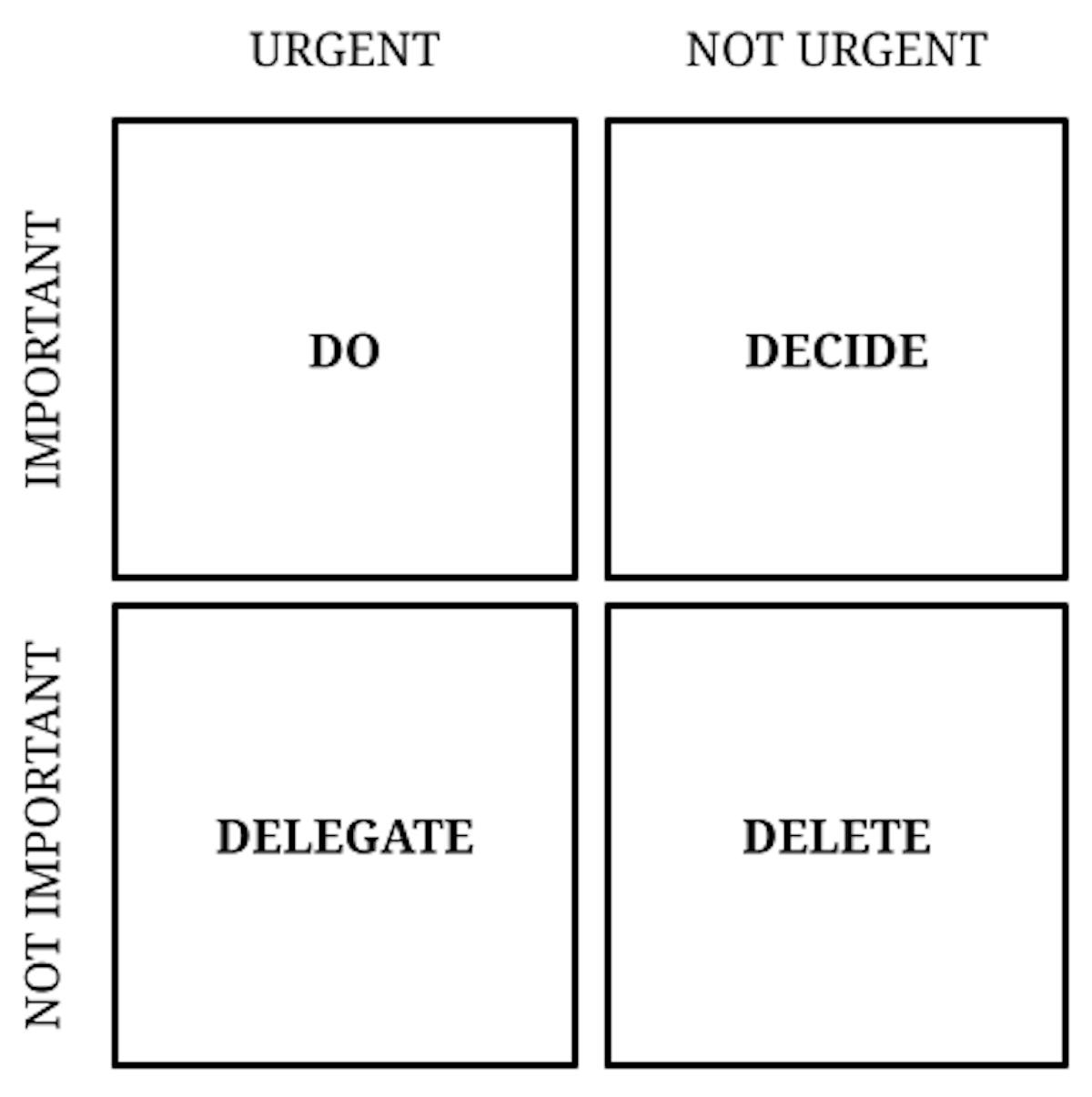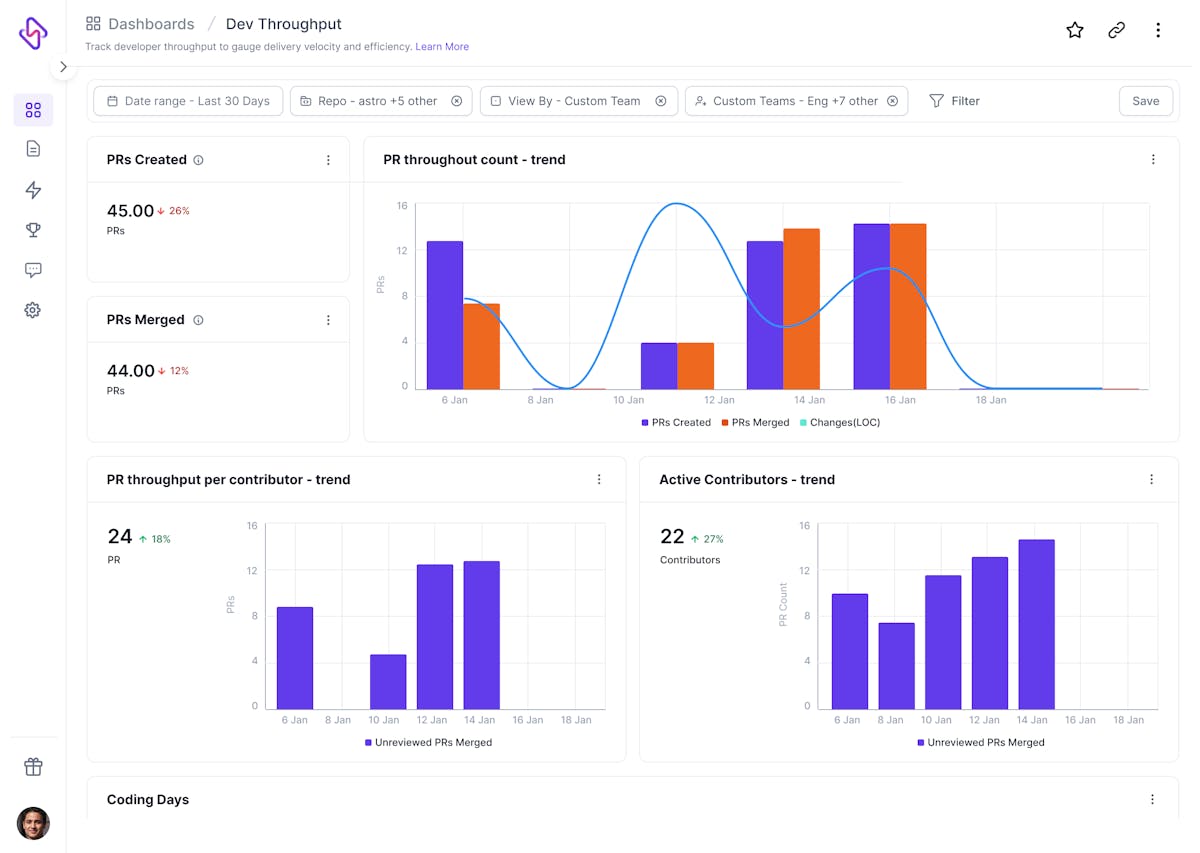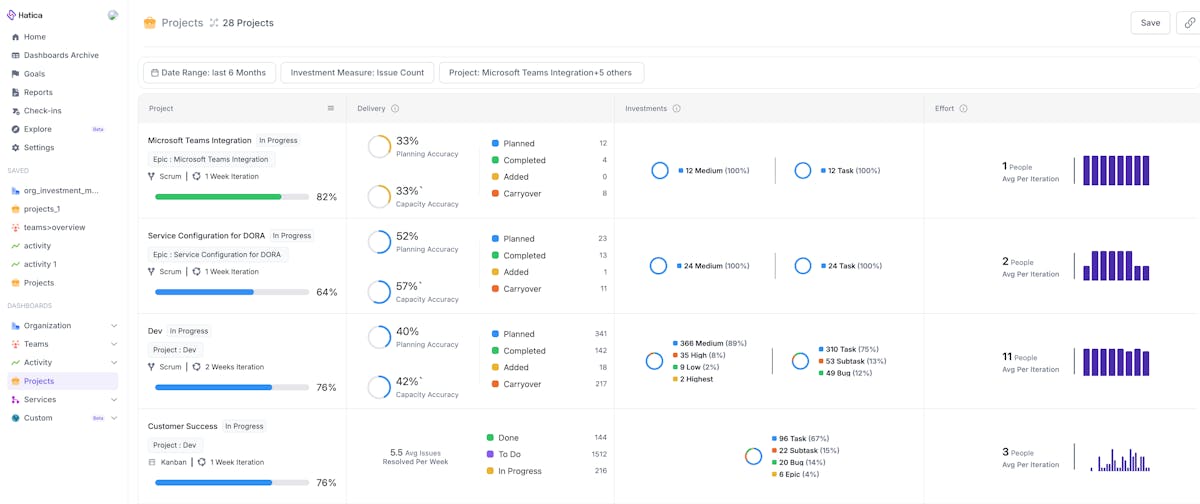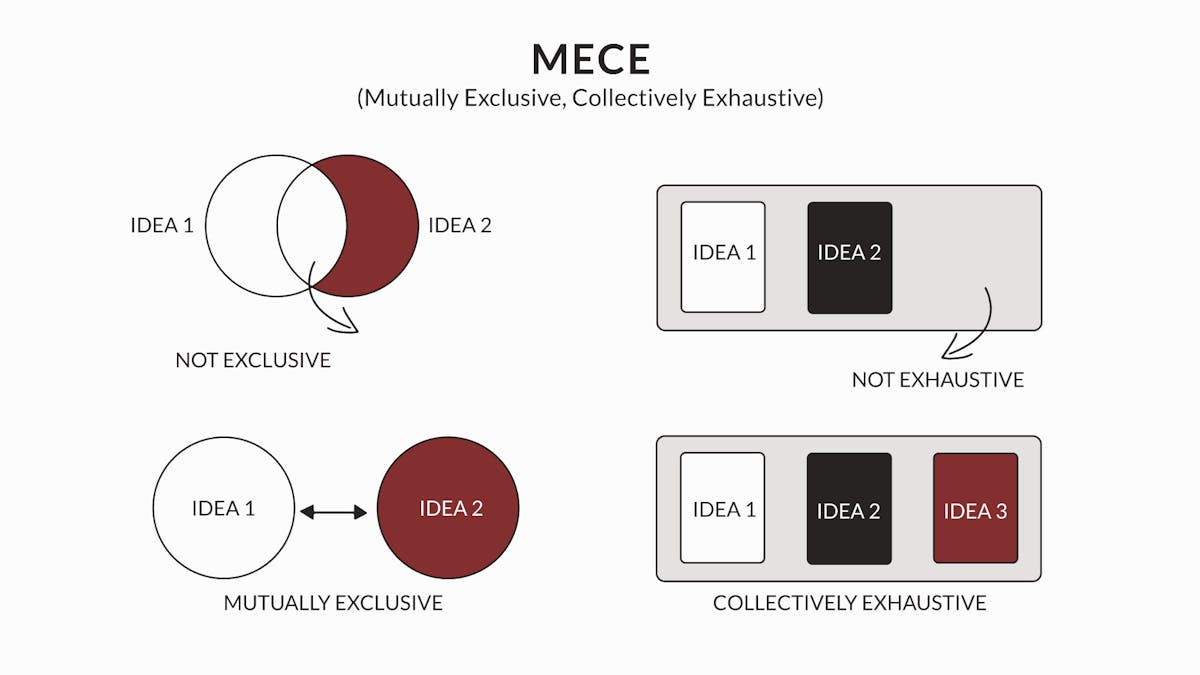Every engineering team experiences ups and downs. Periods of high energy and productivity are followed by inevitable lulls. These fluctuations are normal, regardless of team size or structure. However, when an engineering team’s performance consistently plateaus without improvement, it’s a clear sign of underlying issues.
In one of our previous blogs, we discussed how you can self-assess the overall health of your engineering team. If that assessment showed that your team is thriving, congratulations on running an efficient and results-driven engineering team.
But if your self-assessment revealed areas needing improvement, or if your team is struggling on multiple fronts– what we call “bleed” – then this blog is for you. Because every engineering team deserves to sail smoothly, with all hands on deck and the wind at their back.
Therefore, in this blog, we’ll outline practical steps to address the root causes responsible for poor performance of your engineering team and help you get it back on track. But first, let’s get into the signs that your engineering team might be in trouble.
Signs Your Engineering Team is Struggling
Recognizing when your engineering team is struggling can be challenging, but there are some telltale signs if you look closely. Spotting these early can help you fix problems before they get out of hand.
One of the first signs is a lack of new ideas. If your team seems stuck and improvements are rare, it might mean the creative spark is fading. Your team is stuck in the rut of dealing with bugs and tech debt or taking too long to deliver what was committed. Therefore leaving no space for thinking and building something new and innovative. However, innovation is the lifeblood of any thriving engineering team, and without it, things can feel stagnant. It's a sign that your team might need some fresh inspiration. And some overhaul as well, in terms of how it operates, runs and ships products in natural course.
Another common sign is an increase in bugs. Have you seen more bug reports lately? High bug rates can be more than just frustrating; they often mean rushed work, poor quality control, or a lack of attention to detail. It’s like a warning light flashing, signaling deeper issues in your workflow or processes that need urgent attention.
You might also notice that tasks are taking longer to complete, deadlines are frequently missed, and the once energetic buzz of productivity has quieted down. This dip in productivity is a clear indicator that something’s off.
Low morale can creep in quietly but has loud consequences.
These signs can come in phases or barge in altogether. However, every engineering team is unique, with its own set of challenges. But after closely working with hundreds of engineering teams for more than three years now, we’ve found that issues typically fall into certain key areas and we’ve narrowed it down to four: alignment, velocity, quality, and planning accuracy.
So the insights we're about to share further in the blog will focus on addressing and fixing these specific areas. So, let’s get into what you can do to revive and fix a struggling engineering team and restore it back to health!
💡Also read: How Healthy is My Engineering Team? A Guide to Assess Your Engineering Team’s Performance
How Can You Fix a Struggling Engineering Team?
A struggling engineering team requires a strategic approach to address the root causes. Let's get into some key areas where improvements can be made.
Alignment Issues
When alignment is the problem, it’s crucial to ensure that the engineering team's efforts align with the company’s goals:
Focus on Building New Features
In some scenarios, we’ve seen teams bogged down by maintaining old technology and frameworks, which can slow progress and stifle innovation. You might find yourself spending more time fixing outdated systems than working on new projects that could propel the company forward.
To address this, conduct an audit to understand the extent of technical debt and its impact on productivity. Create a dedicated tech debt backlog and treat it separately from your regular project backlog. Prioritize tasks based on their alignment with strategic goals, focusing on work that drives business growth and customer satisfaction.
Another critical aspect is focusing on building new features rather than spending too much time on KLTO (Keep the Lights On) tasks. Addressing tech debt, old frameworks, and poor design choices is essential to free up resources for innovation. Surely, nobody wants to work on clearing tech debts, but taking the time to remove these debts could propel the team to a whole new level of productivity.
Ensure Goal Clarity
Misaligned teams often struggle due to unclear objectives. Engineers without a defined target can easily lose focus, leading to inefficiencies and frustration. Ensuring alignment on goals over sprints and quarters is crucial to keeping everyone on track and motivated. We understand it might be hard to give concrete outcome goals, and that’s fine, but there is always room for process goals. Because, as with all things in life, taking care of the process mostly takes care of the outcomes too.
First, make sure your team knows what they’re aiming for. Hold regular planning meetings at the start of each sprint and quarter to discuss and set clear goals. The goals can vary from reviewing a PR within 24 hours, minimizing incidents of refactored code, reducing cycle time by 35%, etc. These meetings ensure that all team members understand the objectives and how their tasks contribute to achieving these goals. Keep the communication transparent and use project management tools to keep everyone updated.
It’s also easy to get sidetracked by tasks that don’t add real value to the project or the customer. To avoid this, implement a prioritization framework to identify and focus on high-impact tasks. Use methods like the Eisenhower Matrix to categorize tasks based on their urgency and importance.







